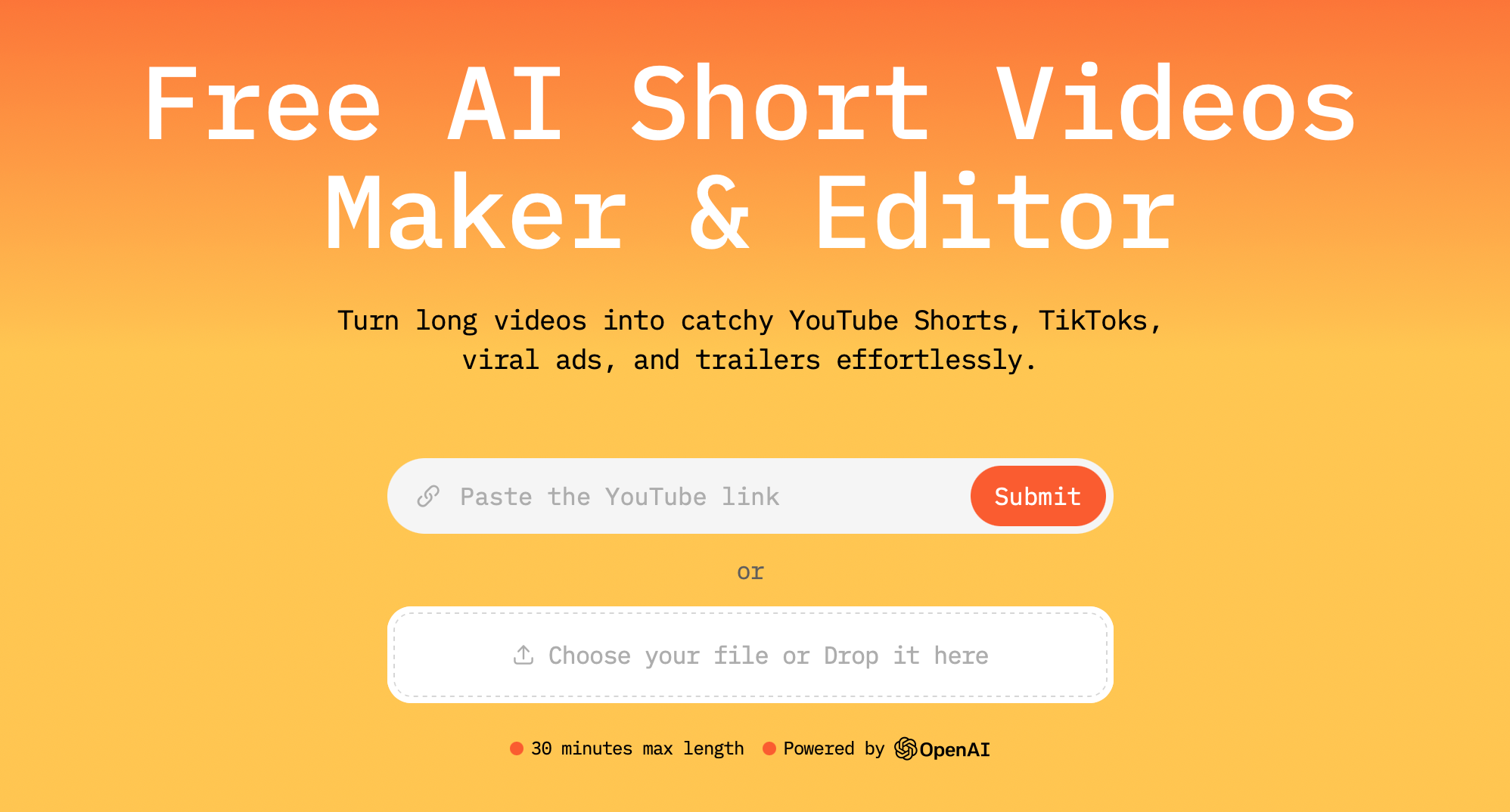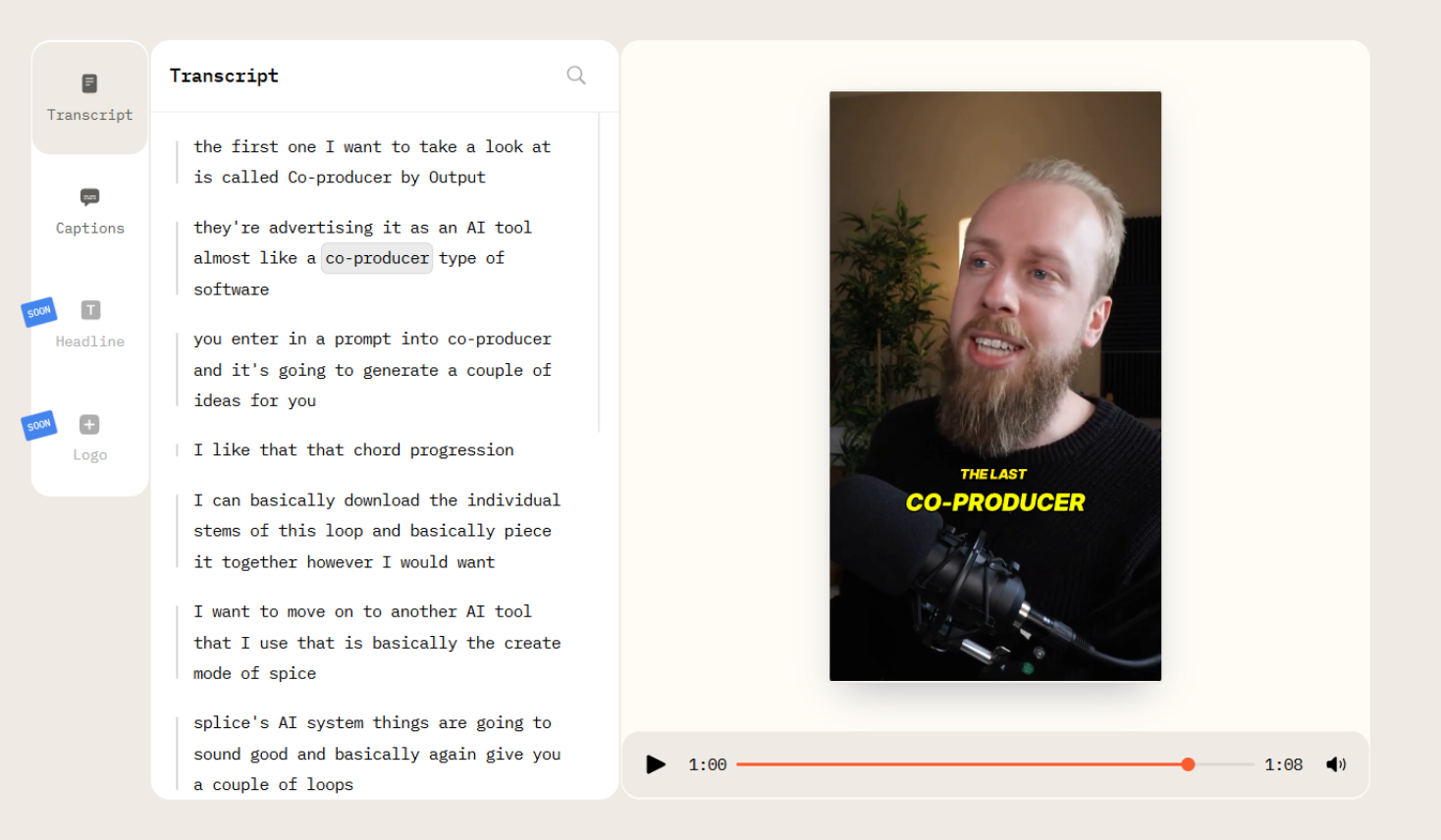YouTube Tightens Monetization Rules for AI-Generated & “Inauthentic” Content: All You Should Know as a Creator
Policy update targets mass-produced videos, spammy slideshows, and low-effort AI uploads

YouTube has firmly decided to fight AI-generated content. The platform is currently adjusting its monetization rules to address the tide of low-effort, repetitive AI-generated content that is flooding the platform. Starting July 15, new guidelines under the YouTube Partner Program (YPP) will clarify what counts as monetizable content and what doesn’t.
However, it's a mistake to think there's something dramatically new about this crackdown, as the update marks almost no change in the direction, according to YouTube’s Head of Editorial and Creator Liaison Rene Ritchie. Rather, it’s a refinement of existing policies meant to keep pace with how "inauthentic" content is flooding the platform, particularly in the era of generative AI.
What's Changing and Why Now?
YouTube has long required content to be "original" and "authentic" in order to qualify for monetization. The July 15 update will introduce more explicit definitions to help creators fathom how exactly those standards apply today and how it's all going to work for them.
In a recent video message that YouTube posted, Ritchie called it a “minor update” to the YPP rules and highlighted that the new thing about the change is the clearer language around what this type of content looks like, especially when powered by AI.
The company’s Help Center now says that material such as image slideshows, scrolling text, or automated readings of articles with little to no added commentary fall into the "inauthentic" category.
Which Content Gets Demonetized?
YouTube tries to clean up a growing mess of low-quality AI-generated material, which some call "AI slop", and don't get us wrong: that's a clear and noble endeavor. Such videos are often either a robotic narration layered over stock footage, or repurposed clips, or even still images. Some of these channels rack up millions of views, like fake news videos or fully AI-generated true crime series that went viral recently.
YouTube now says content will be demonetized if it belongs to one of the following categories:
- Video that simply reads text from websites, books, or news feeds without commentary.
- Slideshows or scrolling text with little or no narrative or educational value.
- Content repeatedly uploaded by other creators or scraped from other sources without meaningful transformation.
However, the new rules stop short of banning AI-generated content altogether.
Can You Still Use AI on YouTube?
Yes. YouTube is not outlawing the use of AI whatsoever but it is drawing a line between creative use and low-effort duplication.
AI-assisted (assisted is a keyword here) videos can still earn revenue if they are:
- Uniquely crafted and original.
- Meaningfully transformed with human input.
- Providing clear value through commentary, analysis, or storytelling.
This means creators can continue using tools like AI voice-overs, text-to-video generators, voice cleaners or captions generators, but need to ensure they’re not just pushing out identical-looking content at scale.
What About Reaction and Commentary Videos? Are They Doomed?
Not at all. Some creators fear that the policy change might affect reaction videos, video essays, or reviews that incorporate clips. But according to Ritchie, these videos are not affected if they include commentary, analysis, or educational context. Simply uploading raw clips or footage with no added insight, however, won’t meet the new standards.
YouTube also offered examples of content types that will luckily remain monetizable:
- Reviews and critiques.
- Reaction videos with personal commentary.
- Educational breakdowns that rely on existing media but add clear interpretation or context.
Labeling, Disclosure, and Privacy
YouTube is continuing to expand its AI disclosure and privacy rules along with its monetization policy amendments. It means that creators are now required to clearly disclose when their videos contain "realistic altered or synthetic media," especially in sensitive areas like news, health, or finance. For instance, YouTubers should mention that in the video description or directly on the video itself.
Viewers can influence that, too. The platform currently lets individuals request the removal of AI-generated or synthetic content that simulates their likeness, such as voice, face, or otherwise. YouTube says it considers factors like satire, public interest, or whether a person is a public figure before taking down such content.
How AI Video Cut Can Help You Create Shorts Effortlessly & With No AI Slop

AI Video Cut doesn’t generate soulless content out of thin air. We don’t clone voices, fake faces, or rewrite Wikipedia articles with a monotone narrator.

Instead, our tool watches your long-form video content for you, such as interviews, podcasts, webinars, vlogs, and pulls out the most engaging moments. Then it turns them into short, catchy, social-media-ready clips that feel human, not robotic.
You're still the creator with AI Video Cut or without it. You're just not wasting hours scrubbing through footage or guessing what part might go viral.
